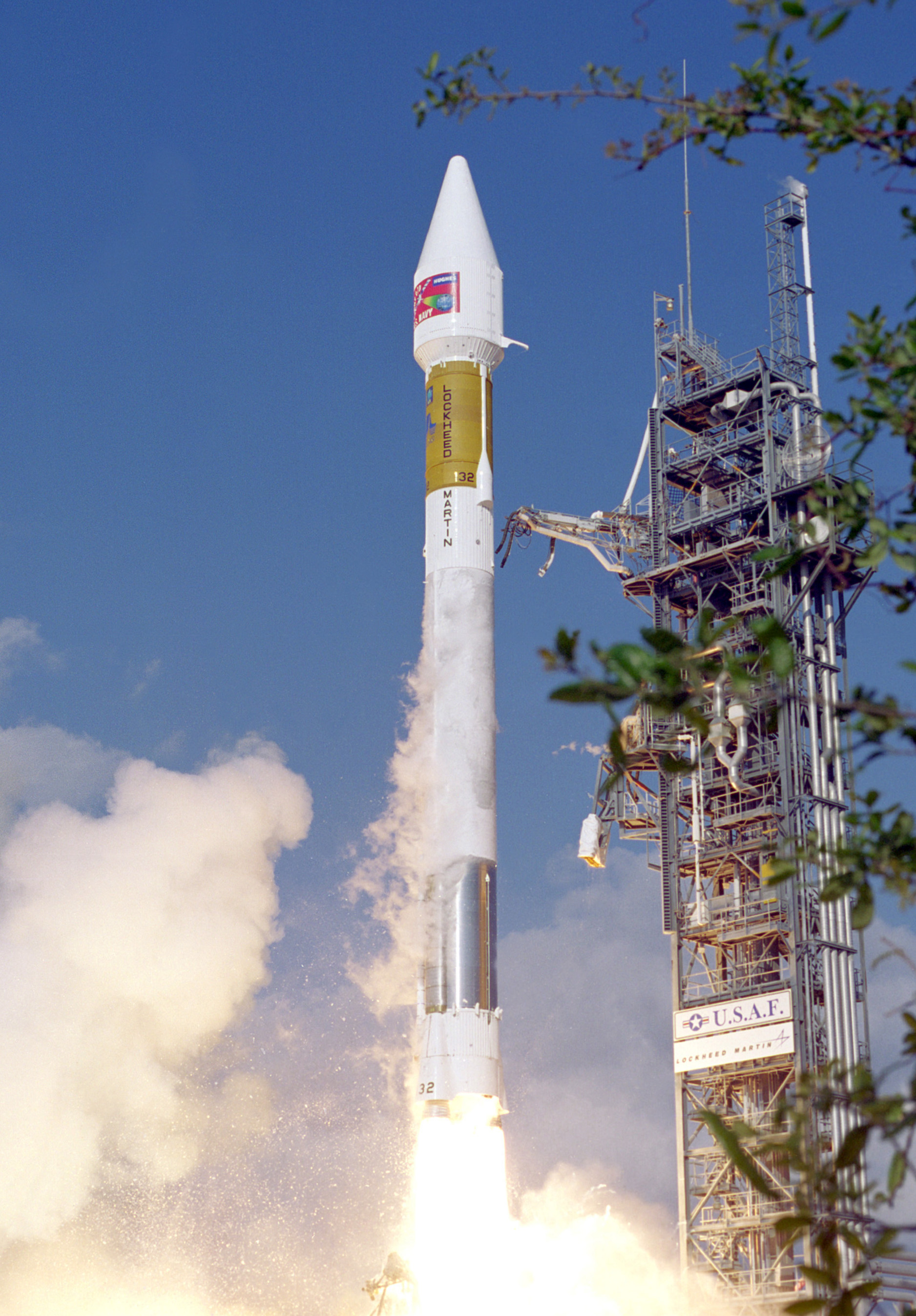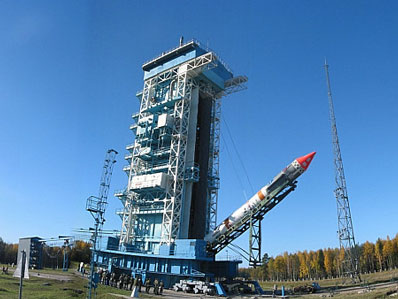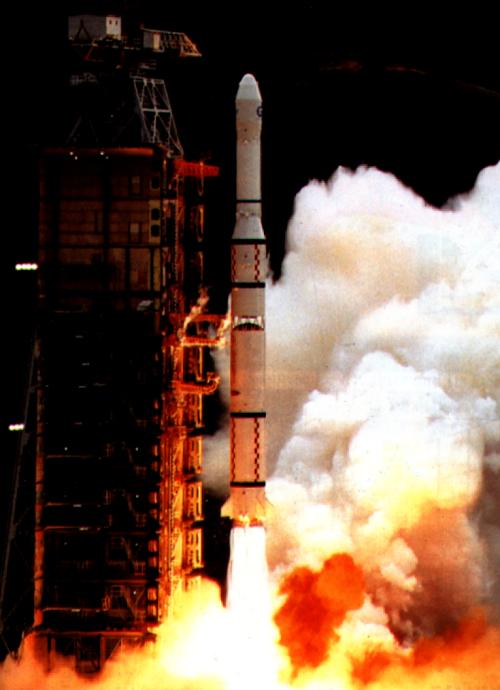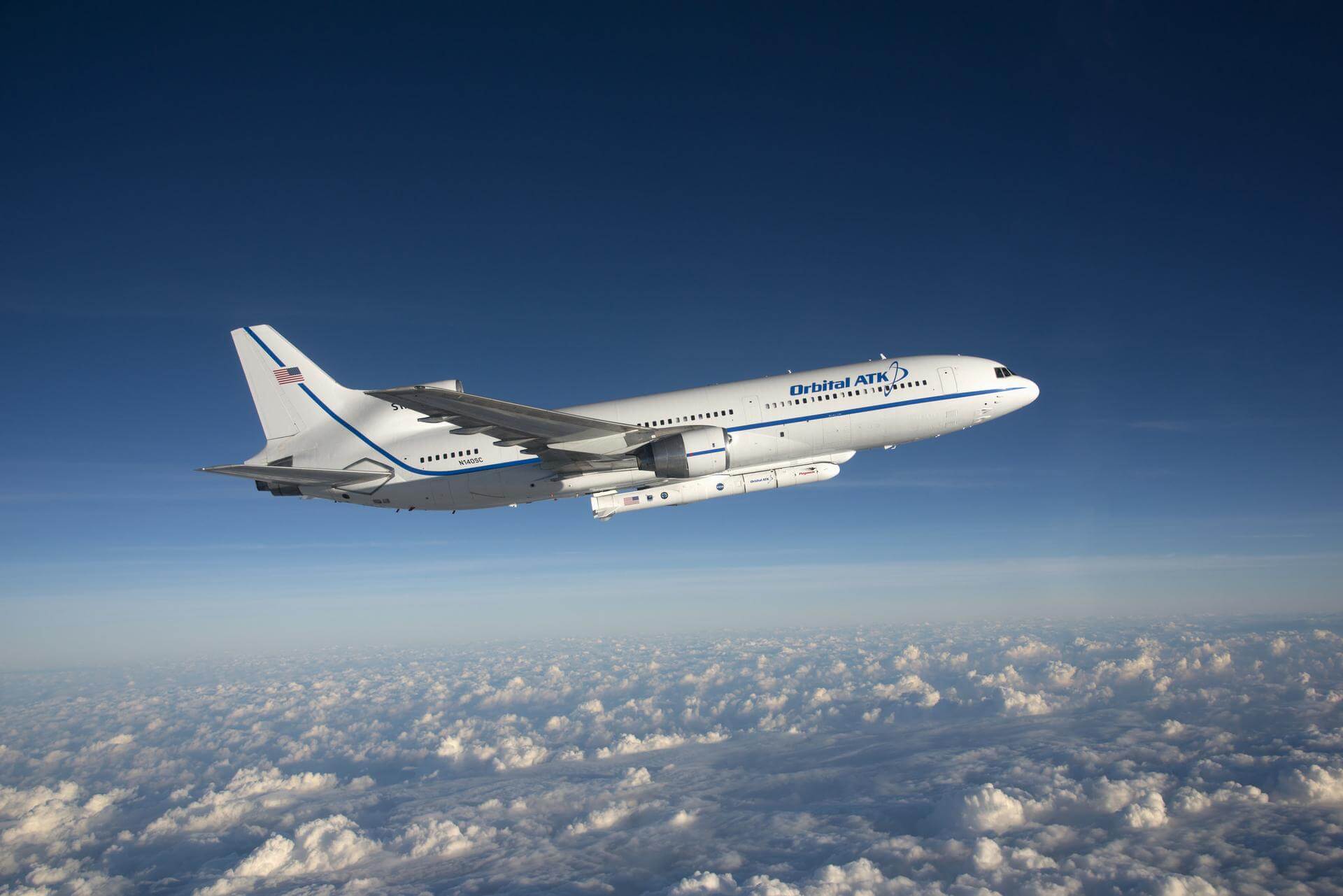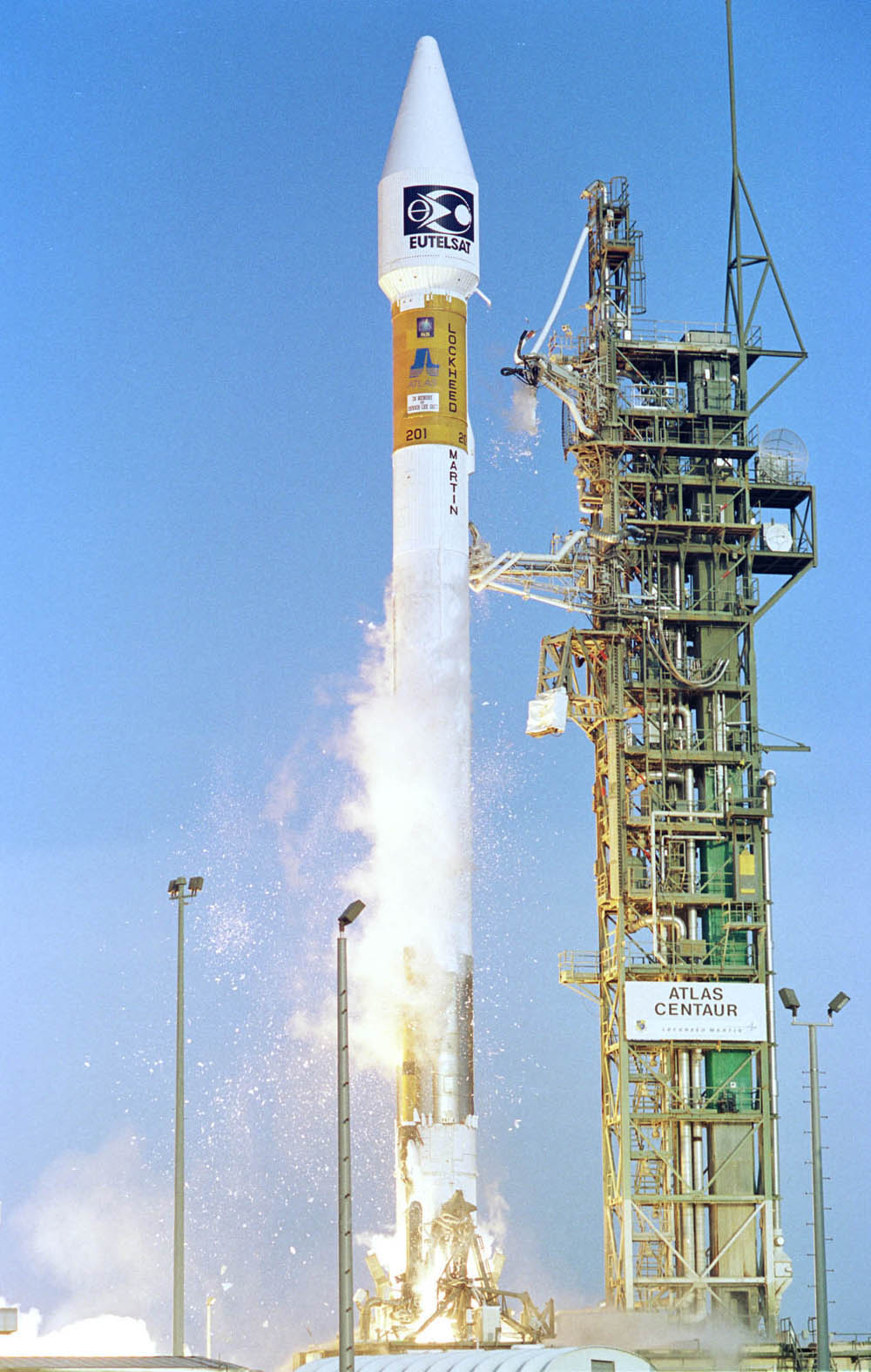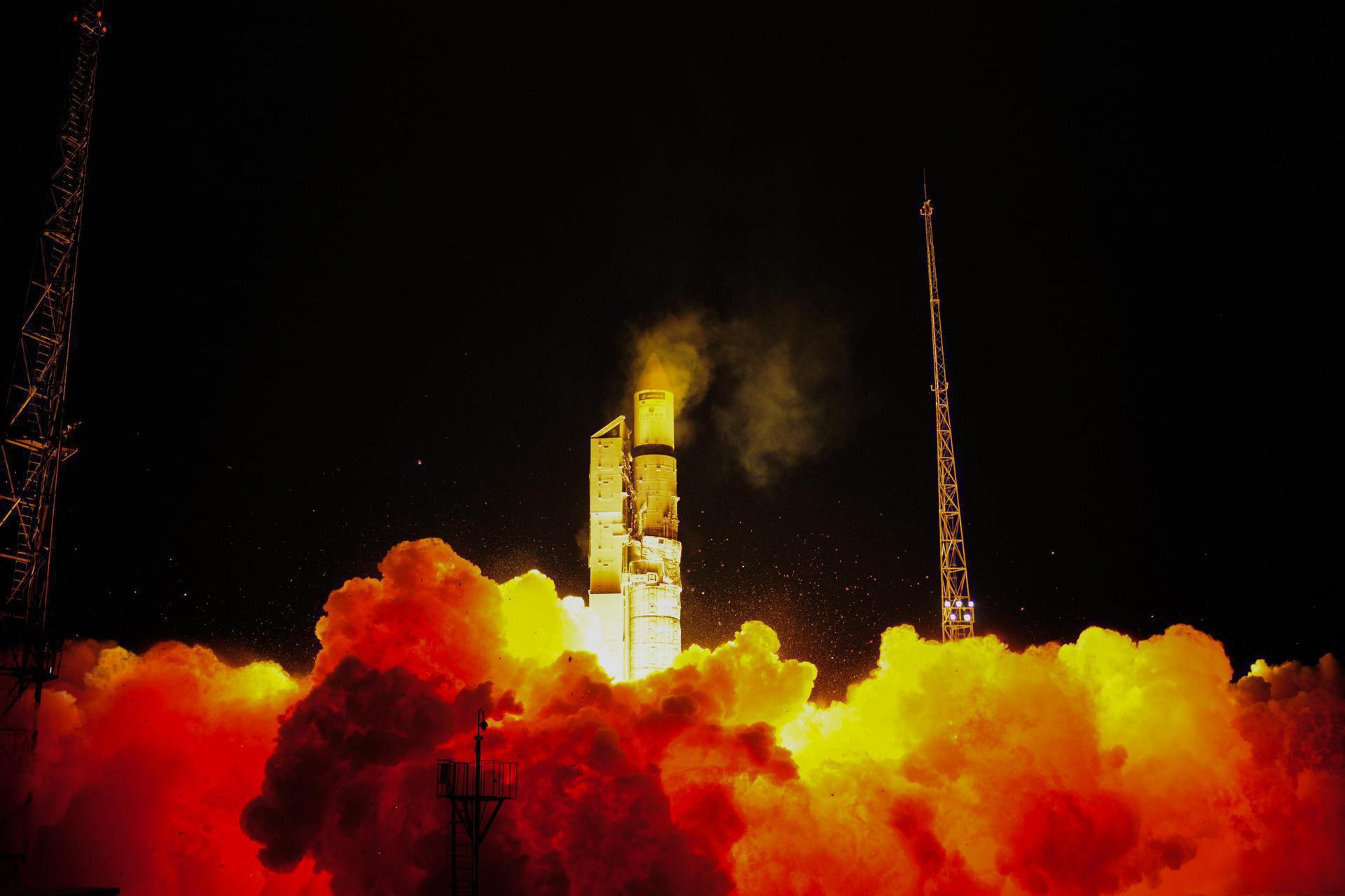Previous Spaceflight Launches
Filter by Agency, Locations or Vehicles
Show All LaunchesProton-K/DM-2M | Sirius FM-1
Khrunichev State Research and Production Space Center | RussiaBaikonur Cosmodrome, Republic of Kazakhstan
June 30, 2000, 10:08 p.m.
Atlas IIA | TDRS 8
Lockheed Martin | United States of AmericaCape Canaveral SFS, FL, USA
June 30, 2000, 12:56 p.m.
Kosmos-3M | Nadezhda 9
Russian Space Forces | RussiaPlesetsk Cosmodrome, Russian Federation
June 28, 2000, 10:37 a.m.
Long March 3 | Feng Yun 2B
China Aerospace Science and Technology Corporation | ChinaXichang Satellite Launch Center, People's Republic of China
June 25, 2000, 11:50 a.m.
Proton-K/DM-2M | Ekspress 3A
Khrunichev State Research and Production Space Center | RussiaBaikonur Cosmodrome, Republic of Kazakhstan
June 24, 2000, 12:28 a.m.
Status: Launch Successful
Mission:
Express-A satellites are designed for operation in the fixed satellite service. Their transponder payloads make it possible to retransmit all types of traffic, including television and radio programming, telephony, data, videoconferencing as well as high-speed Internet.
Geostationary OrbitPegasus XL | Tri-Services Experiments Platform-5 (TSX-5)
Orbital Sciences Corporation | United States of AmericaAir launch to orbit
June 7, 2000, 1:19 p.m.
Proton-K/Briz-M | Gorizont 33
Khrunichev State Research and Production Space Center | RussiaBaikonur Cosmodrome, Republic of Kazakhstan
June 6, 2000, 2:59 a.m.
Atlas Agena B | Eutelsat W4
Lockheed Martin | United States of AmericaCape Canaveral SFS, FL, USA
May 24, 2000, 11:10 p.m.
Status: Launch Successful
Mission:
The W satellites are designed to provide telecommunications services primarily over Europe (W1, W2, W3, W3A and W5) and communication services over Russia and Africa (W4). Eutelsat W4 is designed to provide 31 transponders at saturation. The W satellites have a minimum operational lifetime of 12 years. The spacecraft is based on the Spacebus-3000B2 platform.
Geostationary OrbitSpace Shuttle Atlantis / OV-104 | STS-101
National Aeronautics and Space Administration | United States of AmericaKennedy Space Center, FL, USA
May 19, 2000, 10:11 a.m.
Status: Launch Successful
Mission:
STS-101 was a Space Shuttle mission to the International Space Station (ISS) flown by Space Shuttle Atlantis. The mission was a 10-day mission conducted between 19 May 2000 and 29 May 2000. The mission was designated 2A.2a and was a resupply mission to the International Space Station.
Low Earth OrbitRokot / Briz-KM | SimSat 1 & 2
Russian Aerospace Defence Forces | RussiaPlesetsk Cosmodrome, Russian Federation
May 16, 2000, 8:27 a.m.

